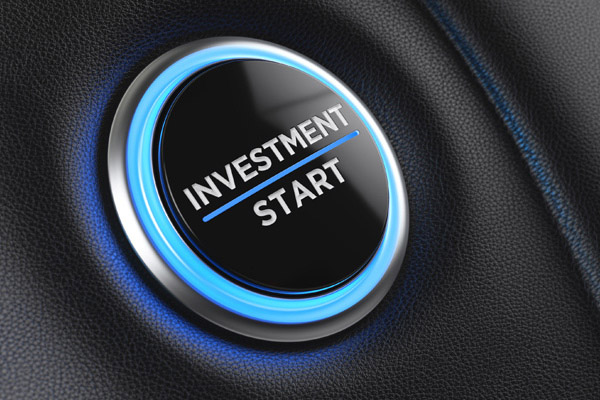Things to put in place before starting investing
Anyone who wants to invest should pass the following three tests.
15th December 2020 15:37
by Kyle Caldwell from interactive investor
Anyone who wants to invest should pass the following three tests before making their first foray into the stock market.

First, everyone should have some ‘rainy day’ money for emergencies, ideally three to six months’ salary in cash. This will ensure that if something happens and you need to access your cash, you can do so easily and will not have to sell your investments during a potentially disadvantageous time, such as after a fall in the value of your investments.
Second, clear debts, through tackling the most expensive ones first. While it is important to have rainy day savings, it is not normally a good idea to prioritise additional savings or investing over reducing debts, because debts usually cost more in interest than savings earn, as well as costing more than the potential returns that are on offer from investing.
The third test to pass is to be committed to investing for at least five years, as over the short term the stock market can be pretty unforgiving. This timeframe is viewed as the minimum holding period when investing in a fund or investment trust, which are managed by a professional investor called a fund manager.
Once these three tests have been passed you next need to think about why you are investing and what you would like to achieve (your aims and objectives). You must also understand your tolerance to risk rather than appetite for reward. Every investor must consider the potential downsides before getting started.
When it comes to risk, your age is a factor. Those who are younger have much more time to ride out stock market volatility than those who are close to retirement. Your investment goals are also important. For instance, someone in their 20s or 30s who is investing towards their retirement will have a different risk mindset compared to if they were investing towards a house deposit, due to the former being a much longer time horizon. With more time on your side, you have greater flexibility (providing you are comfortable doing so) of choosing investments that are more adventurous.
Regardless of your risk appetite, you should look to invest tax efficiently by utilising ISA and pension wrappers, including a self-investment personal pension (SIPP). Ahead of making your first investment it is important to decide whether to use an ISA, SIPP or both.
A stocks and shares ISA enables investors (under current rules for the 2020/21 tax year) to shield up to £20,000 away from the taxman over the year. The ISA is more flexible than a SIPP, as you can access your cash at any time. With a SIPP you can only take money out when you reach age 55 (rising to 57 from 2028).
Therefore, an ISA is great for financing big-ticket expenses in life, such as a house deposit or a wedding.
A SIPP, under which your money will also grow free from UK income and capital gains tax, has an annual limit of £40,000. As with a workplace pension, if you are under 75 and a resident in the UK for tax purposes, you automatically receive basic-rate tax relief from the government on your contributions.
If you pay higher-rate tax (40%) or additional-rate tax (45%) you can claim the additional sums back from the taxman in your annual tax self-assessment. You can only contribute and receive tax relief on as much income as you earn, but children and other non-taxpayers may contribute up to £3,600 every tax year.
SIPPs can be very useful in pulling together all your bits and pieces of pension savings from over the years. By having all your pension pots in one place, this gives greater visibility over overall investment performance and potentially lower charges.
Once you have a plan in place the next step is to choose whether to pick your own investments, whether that be a fund, investment trust, exchange-traded funds (ETFs) or shares. Alternatively, you could outsource the decision-making to a professional fund manager that runs a multi-asset fund, which either invest in shares and bonds or in other funds.
Our beginner guide runs through what those options are and details the pros and cons of each: funds, investment trusts, exchange-traded funds (ETFs) and shares. See our beginner guide
These articles are provided for information purposes only. Occasionally, an opinion about whether to buy or sell a specific investment may be provided by third parties. The content is not intended to be a personal recommendation to buy or sell any financial instrument or product, or to adopt any investment strategy as it is not provided based on an assessment of your investing knowledge and experience, your financial situation or your investment objectives. The value of your investments, and the income derived from them, may go down as well as up. You may not get back all the money that you invest. The investments referred to in this article may not be suitable for all investors, and if in doubt, an investor should seek advice from a qualified investment adviser.
Full performance can be found on the company or index summary page on the interactive investor website. Simply click on the company's or index name highlighted in the article.